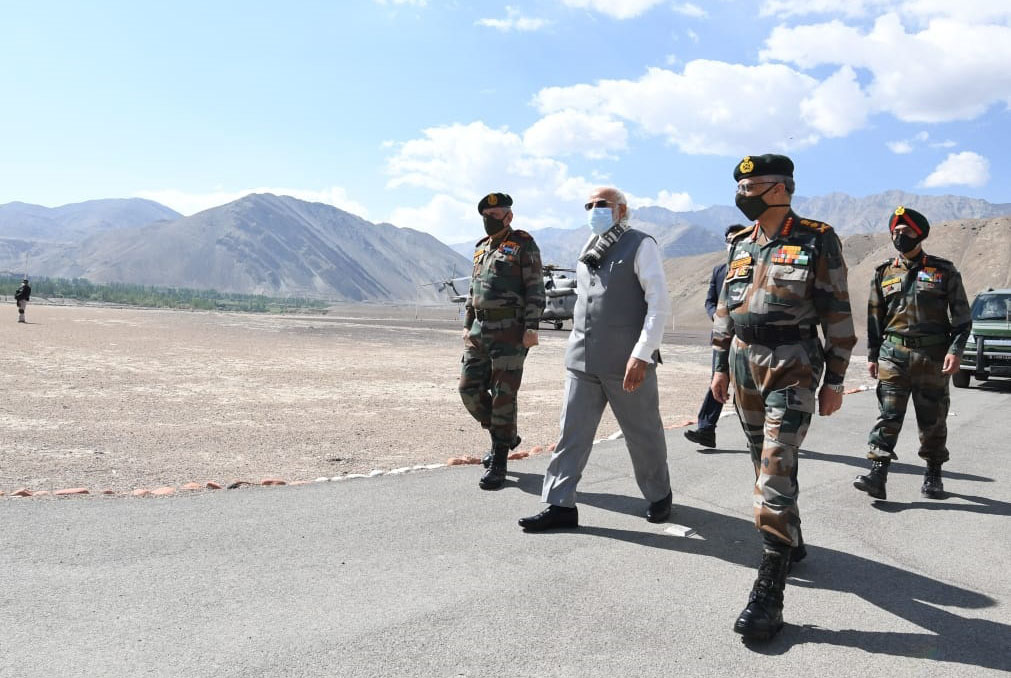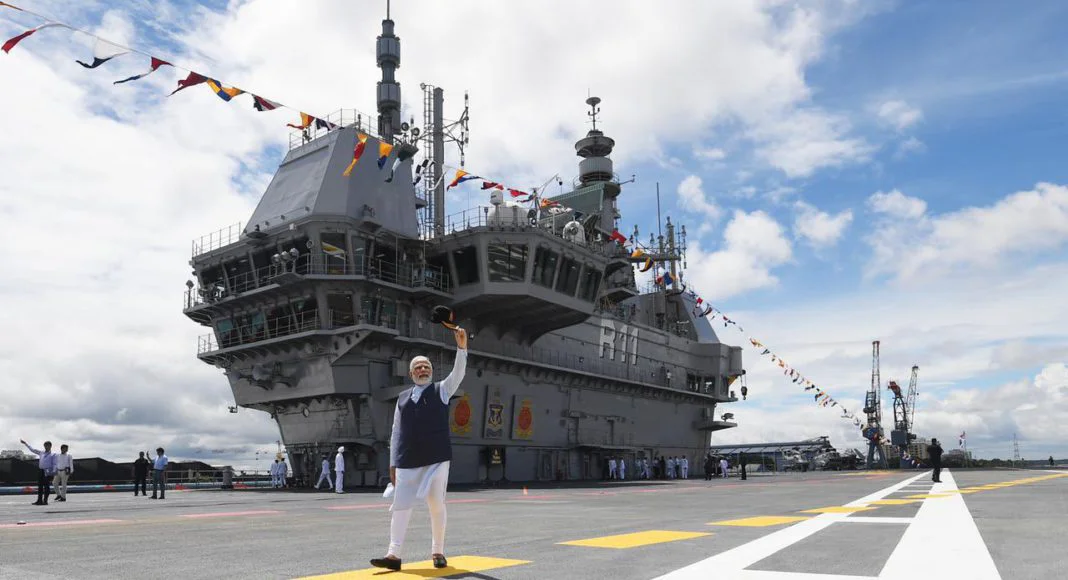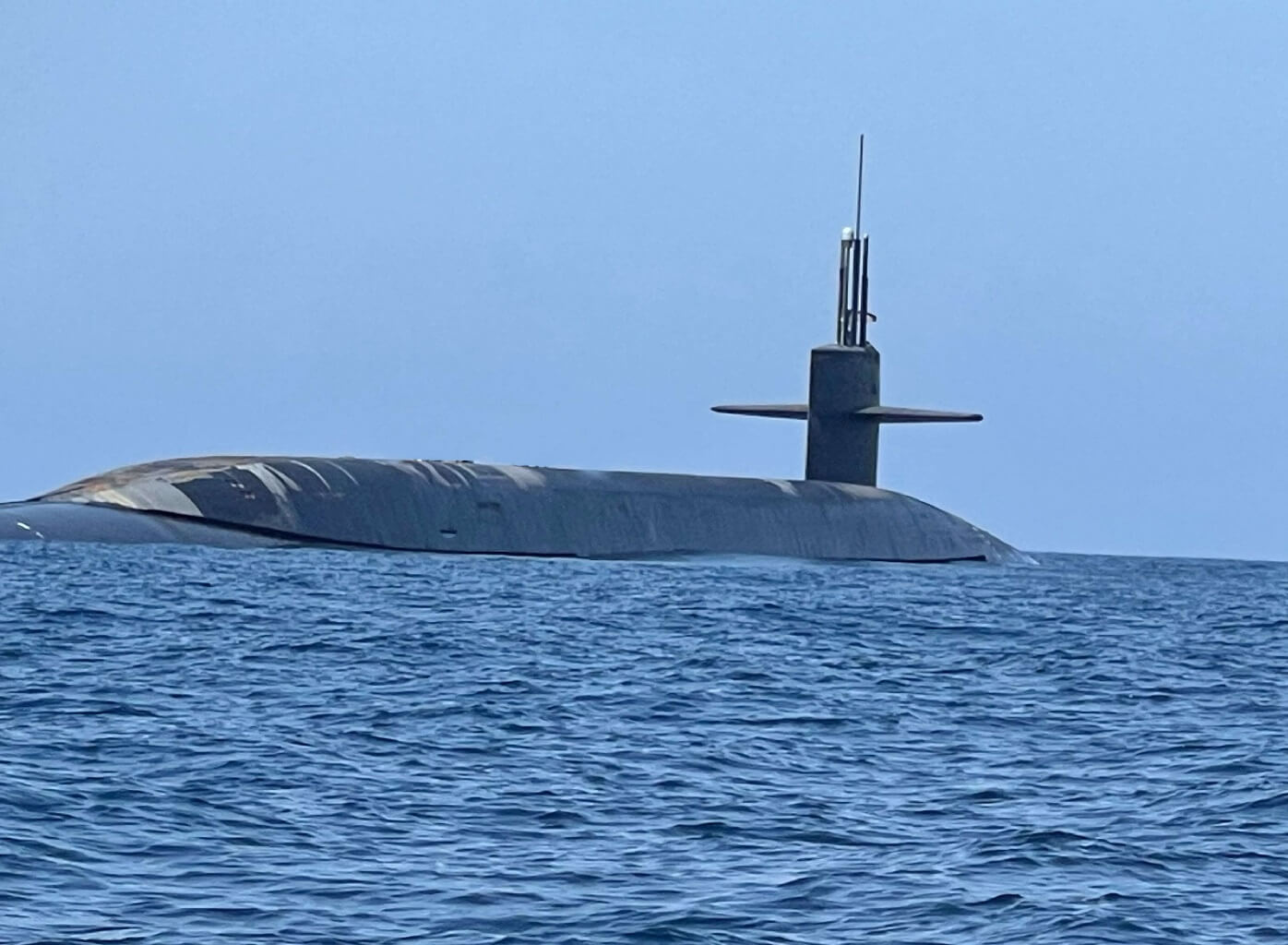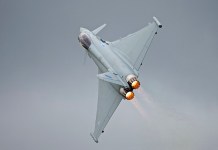OPED By Maj. Gen. (Dr) Ashok Kumar (Retd)
The third anniversary of the Line of Actual Control (LAC) standoff between India and China in eastern Ladakh is almost there. There is no clear indication as to when this conflict will get resolved. There is no indication of whether China will ever revert to its pre-April 2020 position on the LAC.
MUST READ: B-1 Bombers: India Ready With All ‘Pacts & Papers’ To Acquire US Bombers; Will It Become 1st Country To Get One?
Some progress at drawing back by the Chinese People’s Liberation Army (PLA) has been made at certain locations, though marginal from the Indian perspective. China has been increasing the conflict gradient with every passing day, which is very evident.
This includes renaming 11 places in Arunachal Pradesh recently, the second such attempt post-LAC transgressions and the third since the Doklam standoff of 2017.
The Indian nation has to address its national interests and undertake all necessary steps in the ‘mission mode’ as essential for the purpose. At the same time, both India and China are nuclear powers, and both have declared a ‘No First Use’ (NFU) policy for nuclear weapons.
Though China has scant regard for bilateral and international norms and agreements, there is no credibility to its self-declared policy of NFU. However, conflict is most likely to occur in the conventional domain as China can leverage its superior ground forces to its advantage.
China will also prefer it that way as it has apparent superiority over land forces. The same is likely to be a slogging match in the mountainous terrain with enough options for China for India’s embarrassment due to the latter’s value objectives being close to LAC compared to China.

What Are India’s Options
Then what should India do? There is no dispute that it has to strengthen its land forces in all facets, not only being comparable to PLA ground forces but should outsmart them technologically as well. What other options are more favorable for India to handle the conflict if China thrusts the same?
The answer to this question lies in the Indian response to Pakistan in the form of a surgical strike across the Line of Control (LoC) in 2016 and after that in the form of the Balakot Air Strike across the LoC in 2019.
Pakistani terrorists carried out a militant strike on a military camp in Uri on September 18, 2016, killing nearly 20 soldiers. India declared that it would respond at a place, time, and manner of its own choosing.
DO NOT MISS: Fearing Ukrainian UAV Attacks, Russia Installs ‘Cope Cage’ Atop Its Deadly TOS-1A Flamethrower MLRS
Indian Army retaliated with the surgical strike on September 29, 2016, barely within 11 days, with the government of the day owning the decision. The notable features include the actions taken across LoC to a reasonable depth by the uniformed armed forces personnel and the government openly admitting the operations occurred.

There is another variation to this, which happened in 2019. In a terrorist attack on a convoy of CRPF personnel in Pulwama, nearly 40 were killed on February 14, 2019. India decided to respond again at its own choice of place, time, and manner, including resource selection.
On February 26, 2019, within 12 days of the Pulwama attack, India used airpower to undertake the Balakot airstrike inside Pakistan. This time too, there were three important features: action was taken in Pakistani-occupied territory, the use of the Air Force against the use of the Indian Army, and the government of the day again openly supporting this. A new normal was reached.
What do the above two incidents reveal? One is that India needs to be stronger on every count, and the second, which is more important, is the battle space and resources it chooses to prosecute the operations once thrust upon it.
How To Deal With The China Threat
Given this, while all our effort is needed to strengthen our land and air forces, the favorable decision will likely come in the space of ‘oceans’ once we analyze our relative strengths with China.
The following arguments support why India should focus more on the development of its Navy to seek a favorable decision in any future conflict with China:
India got its first aircraft carrier ‘Vikrant’ as early as March 4, 1961. India became the first country in Asia to have a naval carrier, and the same status continued for decades. The Indian Navy gained experience in using this, as it was employed for the liberation of Goa in 1961.
It is a different issue that India shied away from using this in the 1962 war with China. However, China had only riverine and littoral naval forces in 1962, and India’s aircraft carrier would have turned the table.
Today, India can maintain two aircraft carriers with the Indian Navy despite initial Vikrant and Virat having been decommissioned.
The new indigenous aircraft carrier ‘Vikrant’ again adds to its capabilities and opens the possibility of more such aircraft carriers. The Indian Navy has been a blue water navy for a long time, while China is entering this domain now. Naval force superiority is in India’s favor even as of now, and therefore, it will be advantageous to seek the conflict in the oceanic areas.

Despite investments in Belt and Road Initiative (BRI) and China-Pakistan Economic Corridor (CPEC), large quantities of Chinese energy needs still transit through the Indian Ocean. Being a cost-effective transportation option, the situation will continue almost similarly even in the foreseeable future.
The geographical disposition of India combined with multiple islands, including Andaman & Nicobar islands, gives it a distinct edge to interfere effectively in any movement through the Indian Ocean from west to east or vice versa. This particular advantage can be used to the Indian advantage by seeking the conflict in the oceanic regions.
Engagements on the land borders have different manifestations and are invariably linked with territorial integrity and national sovereignty. In the conflict, territorial losses can create huge national embarrassment besides equipment losses.
As against this, conflicts in the oceanic regions, more so in blue waters, may, at worst, result in losses of some equipment, but national sovereignty markers remain intact. It is advantageous to seek conflict with China in the Oceanic regions against the land borders.
Chinese are very sensitive as well as very vulnerable in the oceanic regions. Their sensitivities in the South China Sea and East China Sea are well known, as are their vulnerabilities in the Indian Ocean. They can be forced to dissipate their naval combat power if the engagement is sought in the oceanic regions.
China remains worried about the Indo-Pacific oceanic region due to the involvement of the US, NATO countries, and its neighbors, including Japan, Taiwan, South Korea, the Philippines, Australia, and many others.
Indian interests converge with these nations substantially and naturally if the conflict is sought in the oceanic region. QUAD and AUKUS are not security-related organizations, but their apparent convergence is inevitable once the conflict occurs in the oceanic region.

China plans to operate three aircraft carriers in due course, but reaching full operational capacity is still some time away. This time is an ‘advantage for India’ if it seeks engagements in the oceanic regions.
India should develop nuanced norms for affecting Chinese interests in the oceanic regions to divert the land-centric approach to the LAC.
If India has to claim its rightful place among the comity of nations, the naval power has to expand. It needs a minimum of five aircraft carriers in addition to converting multiple islands as static aircraft carriers, a concept outlined by Akshat Upadhyay, a military writer who gave out its distinct advantages sometime back.
In addition to the above, there are multiple reasons why engaging China in the oceanic region will be in Indian interests. The cost escalation worries related to aircraft carriers can be reasonably addressed by indigenization and making the ship-building Indian industry more export-oriented.
Time And Place Of India’s Choosing
As military experts lament today for not using India’s naval power in the 1962 war, there will be a similar feeling if the nation doesn’t prefer engaging China in the oceanic regions as against the land borders.
When India could select the method of prosecuting Pakistan in 2016 and 2019 differently, there is no reason why India can’t change with China in 2023 and beyond in a different way in an area of its own choosing, selecting the oceanic region as the desired space while naval power being the prime resource to prosecute the conflict.
- Major General (Dr) Ashok Kumar, VSM, (Retd), is a 1999 Kargil war veteran, visiting fellow of the New Delhi-based Centre for Land Warfare Studies (CLAWS), and defense & strategic analyst with a special focus on China. He tweets @ChanakyaOracle. VIEWS PERSONAL OF THE AUTHOR
- Follow EurAsian Times on Google News




